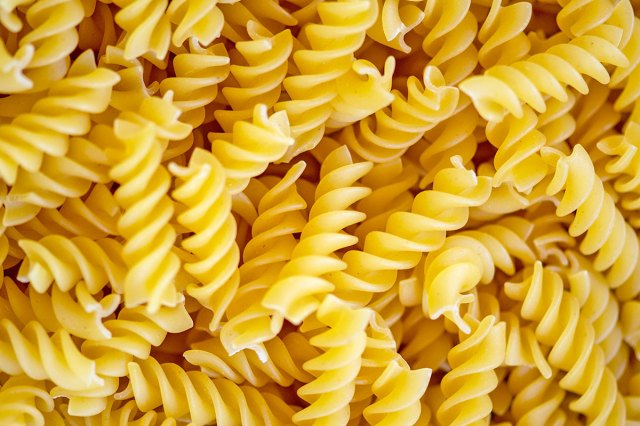You’re eating at your favorite Italian restaurant and enjoying a plate of spaghetti that’s bigger than most newborns. While finishing the entire meal may be tempting, it would probably result in a deeply unpleasant tummy ache. Instead of pushing the limits of your stomach, you should probably ask for a to-go box to save the leftovers for dinner the next night. But what if we told you that leftover pasta is actually healthier for you than a freshly cooked plate? This isn’t some lie created by pasta manufacturers in order to sell more ravioli. Rather, it all has to do with the pasta undergoing changes on a molecular level while it cools overnight.
Prices are accurate as of June 5, 2024. Subject to change. All featured products and deals are selected independently and objectively by the author. Better Report may receive a share of sales via affiliate links in content.
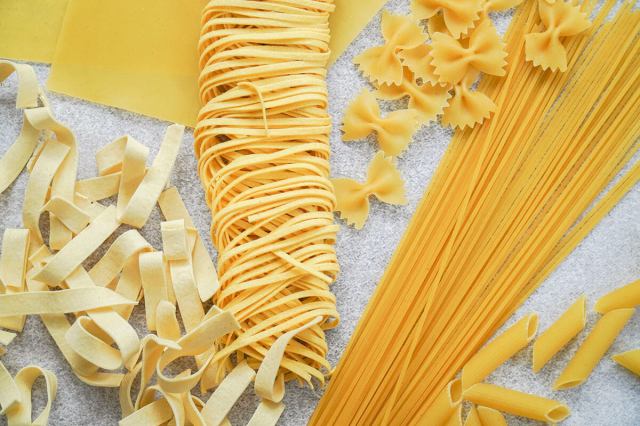
Regular Starches vs. Resistant Starches
Overconsuming the regular starches found in most bowls of freshly cooked pasta leads to weight gain, an increased risk of diabetes, heart disease, and other similar ailments. But there’s another type of complex carbohydrate that’s actually better for you — resistant starches. Regular starches easily break down in the small intestine and are converted into sugars that are then released into the bloodstream. But resistant starches make their way through the small intestine all the way to the large intestine, where they finally ferment and help nourish that “good” gut bacteria. Some foods that contain high amounts of resistant starches include oats, beans, and yes, leftover pasta.
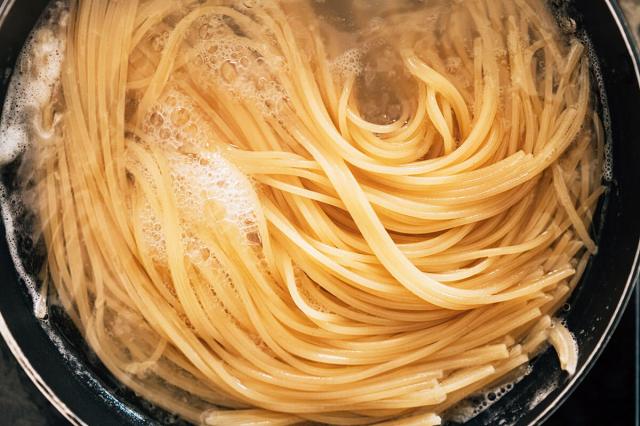
What Happens to Pasta as It Cools?
When you cook pasta, the starch molecules become more widely spread out. This makes them much easier to digest once eaten, which means the sugars and calories are rapidly absorbed into the bloodstream. But if you take a bowl of cooked pasta and leave it in the fridge overnight to cool, the starch molecules clump together and transform into resistant starches. This is a process called retrogradation, and it happens to cooked pasta as well as other similar starchy foods like rice and potatoes.
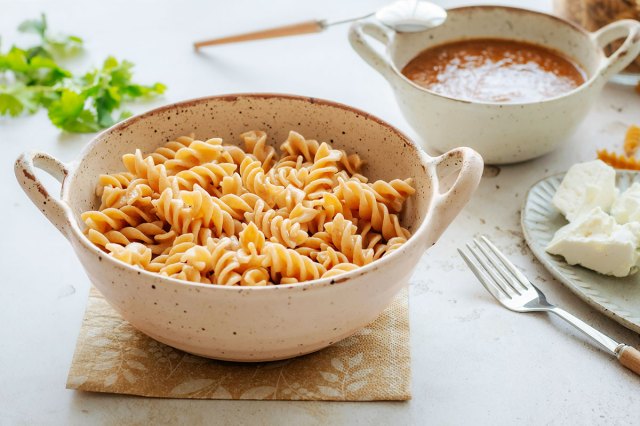
The Benefits of Resistant Starches
Resistant starches provide a wide variety of nutritional benefits that are lacking in other types of common starches. The fermentation of resistant starches in the large intestine helps nourish healthy gut bacteria, which promotes better digestion and gut health. It’s also believed that eating resistant starches helps you feel fuller for longer given that the food takes more time to digest, especially if you consume more than 25 grams. Resistant starches are also tied to lower cholesterol levels, are thought to lessen inflammation, and contain high amounts of necessary fibers that lessen the risk of various heart conditions and cancers. Dishes that contain resistant starch also only contain 2.5 calories per gram, which is lower than the four calories per gram found in regular starches.

Feel Free to Reheat
Let the pasta sit for at least 24 hours or so before enjoying your leftovers, as that allows enough time for resistant starches to properly form. Once it’s time to eat, you don’t have to settle for eating the pasta cold. You can heat up the pasta in the microwave or on the stove without compromising the resistant starches that have recently formed, as they’ll still be present even after reheating. Also don’t leave your leftover pasta sitting there for too long, as it’s best enjoyed for up to five days after cooking before it possibly goes bad.
Reader Favorites
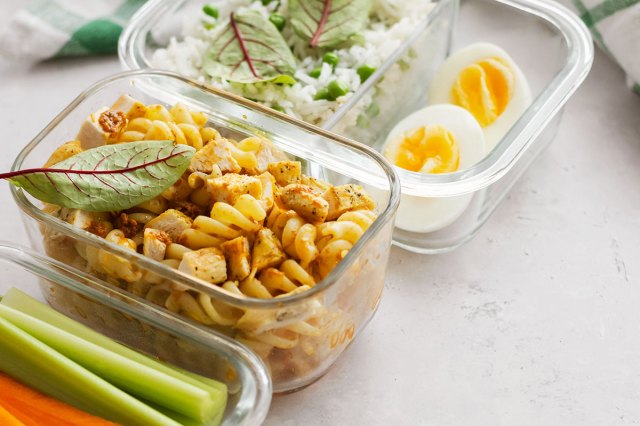
The Perfect Pasta Products
When storing leftover pasta, food safety is paramount. That’s why you should always store your pasta and any other foods inside airtight containers that prevent bacteria from forming. When it’s time to reheat, these microwave-safe plates are an excellent option. If you’d rather reheat your pasta on the stove then there are few better options than this Tramontina nonstick pan, which comes with a silicone grip for added stability.
More From Our Network
Better Report is part of Inbox Studio, which publishes content that uplifts, informs, and inspires.
